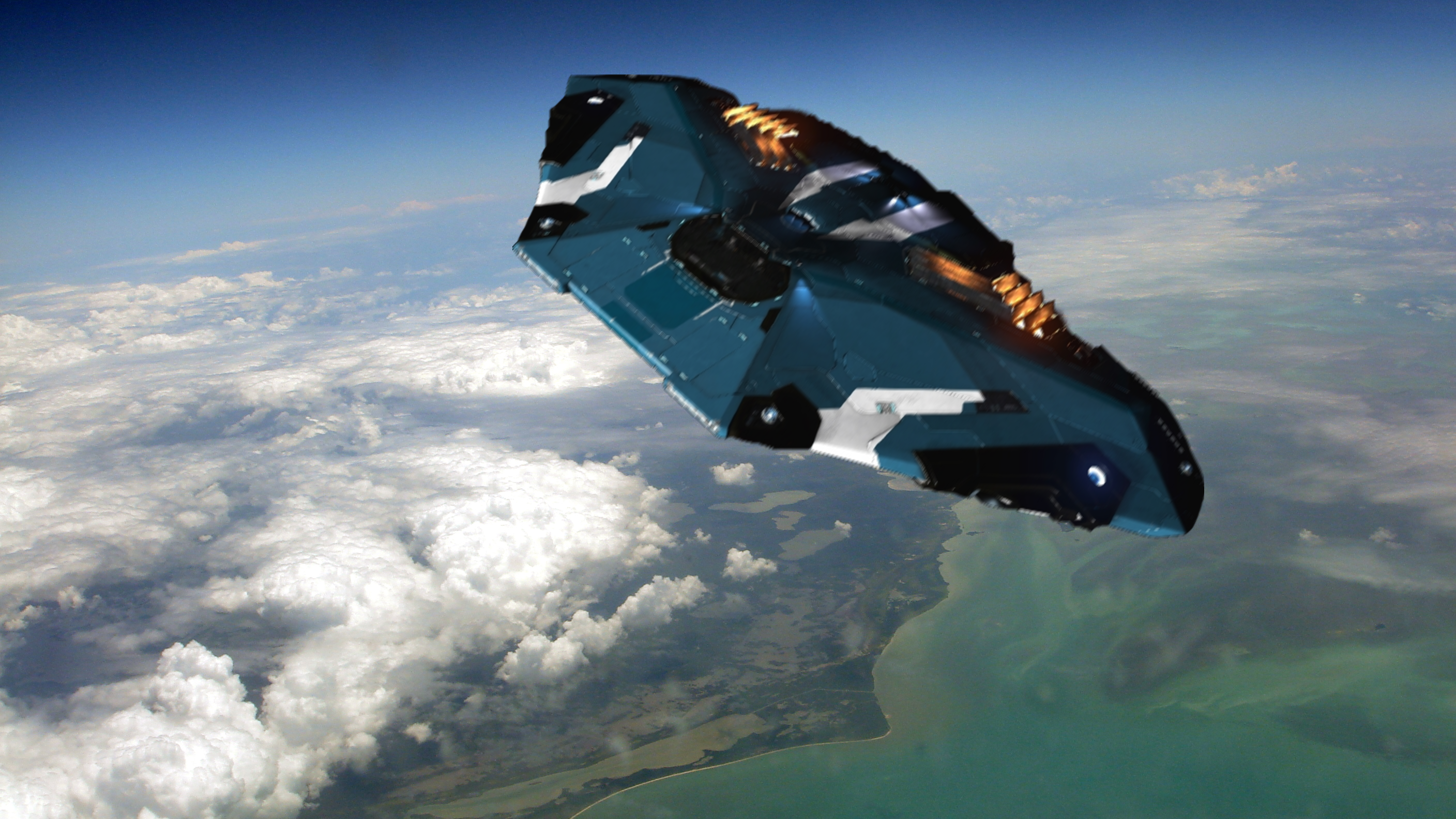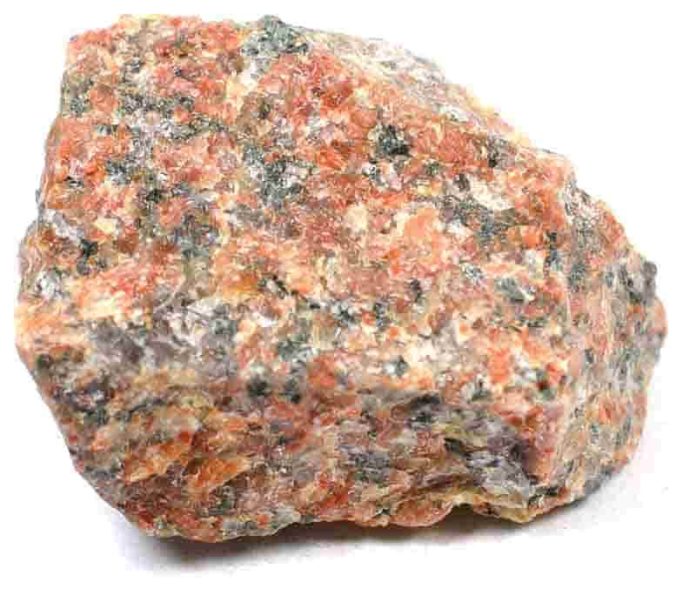I miss the astronomer guy on Reddit who would explain every one of these posts
Edit: Turns out she’s the one who made this discovery! Here’s her post
Oh shit this is her discovery? Nice. I always loved her stuff on astronomy and her takes on trollx
Andromeda321? Wonder if they’re here in some related name? Appears not yet.
See my edit
Yeah that was the name, right
I wonder if she is on Lemmy. I hope she is.
I am hoping for a shittymorph crossover
Maybe like a shitty shittymorph who would throw mankind into the thing…
I felt so happy for her when she announced her phD. She’s the one I miss too.
See my edit
Oh that’s cool. If her colleague is right, they found a natural particle collider. It would have many times the energy of the LHC too
Many times is a severe understatement. A supernova is also many times more powerful than a firecracker.
Could black hole near misses by stars possibly have fused some elements which novas can’t explain?
I wonder how they know it is the same material being ejected as they saw initially.
It’s the headline that’s slightly miss leading, the only event that happened prior, was the star getting ‘eaten’. Other sources have been ruled out
I imagine they don’t actually know if it’s the same material. What they can say is that a certain amount of material was ejected, that correlates with certain properties of an observed amount of material that went in. Realistically though, it’s all hydrogen and helium and is one atom of the same thing really that different from another?
Andromeda is a lady.
Yes, you do notice I used ‘she’ in my edit after I found out…
Sorry. When I posted you hadn’t edited it on my screen so I wasn’t sure if you knew.
Ah I see. No worries, cheers!
“it’s not time dilation”
“It’s not coming from the event horizon”
That is amongst the biggest bummers of my life
My edibles kicked in halfway through that post. Mind blown…
this edit made me smile. good for her!
I remember when I used to believe that nothing escaped a black hole past the event horizon. I remember when I used to think a black hole was an actual hole. I sure hope Santa isn’t late this year. There are some things still with believing in.
You’re still right about that first part. It’s a poorly written headline, all of the matter being ejected hasn’t passed the event horizon
There’s the hard event horizon and then there’s multiple radii past it with different effects on orbits (such as the photon orbit radius, stable circular orbit radius, etc) and if you’re very close you’re also dealing with “weaker” horizons like a radius where most light gets redshifted past visibility even if mass can still escape if it’s fast enough.
I remember when I used to believe that nothing escaped a black hole past the event horizon.
I mean, nothing does, so why did you change your beliefs?
Hawking radiation.
Hawking radiation isn’t something leaving the event horizon, it’s created outside. Nothing that is inside can leave.
Duh it’s too gassy for them
Yeah the same thing happens to my black hole if I eat too much too, big whoop
I wonder if it’s going to turn out to be analogous to throwing a ball into a cylinder, where some of the matter enters at a precise trajectory that basically causes it to bounce back out? Assuming nothing is actually exiting from the event horizon, maybe there’s some sort of stratification of the elements within the accretion disk? Or maybe there are oddly hyper-stable orbits, why they’re lasting years, and it’s analogous to the way a coin can take a very long time to settle when falling on its side.
It seems less likely that there’s a mechanism by which something can actually cross the event horizon from inside, but who knows, new physics might be out there to have something to say about it.
Edit: I’d be REALLY curious to know whether the time interval of the delay is correlated with the half-life of any radioactive elements that would be present in the devoured star.
The consumed star is no longer a gravitationally bound object, it is torn apart by tidal forces. She says the disk is supposedly unstable and half should disperse within hours and the rest within a month or so, so this delay is odd.
There is no way to return across the event horizon. You’d have to go faster than light and all timelines lead to the singularity inside the EH.
There is no such massive reservoir of unstable isotopes in stars and even if there was it wouldn’t all decay in a single event.
My guess is the event horizon has always been viewed as this perfectly spherical (or oblate spherical) construct - I bet it is much more messy than that. I bet the event horizon moves around and the movement allows for materials to be ejected.
Inside a black hole is in theory timeless, so HL doesn’t have any relative meaning to us.
Come on these are clearly farts.
No, the drain is clogged.
They need Universal Strength Draino
I am probably looking to deep into this but a recent kurtzgesagt claimed that once you get to the event horizon time and space switch into eachother. Your no getting sucked into the center. But your falling into the future.
Sm coming back out years later doesn’t sound like a contradiction to that,
According to the discoverer, this has nothing to do with the event horizon.
When something gets sucked into a blackhole it needs to pas the event horizon.
It doesn’t say “sucked into a black hole” it says “destroyed by a black hole”. It’s about stars which are torn apart by a blackhole’s gravity but not sucked in.
The first sentence of the body text in the article:
“Up to half of the black holes that devour stars “burp up” their stellar remains years later.”
I recognize that its not an entire sun being sucked in at once and that the black holes presence alone destroys the sun but the parts that are left. Radiation and what not should still be attracted to the black hole and assumingly orbit around its gravity before gething devoured.
It cant burp something out that was never inside. Or maybe it does but those implications are even more bizar. If it was just “burping out” the surrounding star stuff it wouldn’t be called a burp but “pushed it away again.
How else am i to interpret this?
Maybe don’t read too much into the word choice of a non-technical article, and trust the actual astronomer discoverer talking about it?
The top comment stating who discovered it was there yet when i made my initial comment where i was upfront that i may be looking to deep with my limited knowledge.
While i recognize that the discussion here has evolved with more nuance and smarter opinions you cant blame me for sticking with the original conversation which is the posted article. After all i am just respond to the replies i get i am not going to re-read the entire thread every time.
I also recognize that the first person to reply did say “According to the discoverer, this has nothing to do with the event horizon.”
But there was no source and i just read it as the “horizon has nothing to do with the burp” that doesn’t mean the twisted physics inside it do not.
You’re correct, but so is the person above. These stars are not (entirely) crossing the event horizon. Lots of material is left orbiting around the edge forming a disc. It’s this disc, the formation of it, and the ejection of material from it, that’s relevant here.
There’s almost nothing more contradictory to that. While within a black hole, time becomes space-like, with your future being the inevitable center. The only possible way to escape would be to go back in time.
Well that’s assuming einsteinian physics, black holes are one of the few cases our physics stops making much sense.
I guess the future being at the center is what makes it confusing to me.
In my head disappearing while being pulled towards their future and then someMaterial being burped out in the future sound like some parts arrived at a destination.
I would assume the material being burped out has been inside while l pulled towards the future till it no longer was.
Acid reflux?
Just launch some tums into the black hole, that ought to do it
So what is it?
It’s a white hole sir…
A white hole?
So what is it?
Sir, this is a White Castle.
An orange whirly thing in space!
deleted by creator
Have they tried inventing a planet-sized Tums?










